Have you ever wondered what Moomintroll’s voice sounds like or why Little My stopped growing? The answer to these and many other facts about the Moomins can be found in Tove Jansson’s own handwritten notes about the inhabitants of Moominvalley.
Tove Jansson’s notes about the Moomins are a real treat for anywone who wants to know more about the background of the characters, how they got their names, and why they behave like they do.
Below you will find a few select quotes from the notes. To read the full notes, get yourself a copy of 80th anniversary edition of The Moomins and the Great Flood, where the notes are published in their entirety.
How old is Moomintroll?
The pages in one of Tove Jansson’s simple, black notebooks are full of handwritten notes about the main characters in the Moomin stories.
While some of the notes are very specific, the answer to Moomintroll’s age remains somewhat of a mystery. This is probably exactly what Tove Jansson wanted – she didn’t clearly define his age in her Moomin books and comics, and this is how she put it in the notebook:
“He is of that particular age when summers are long, the water warm, and new things are constantly happening”.
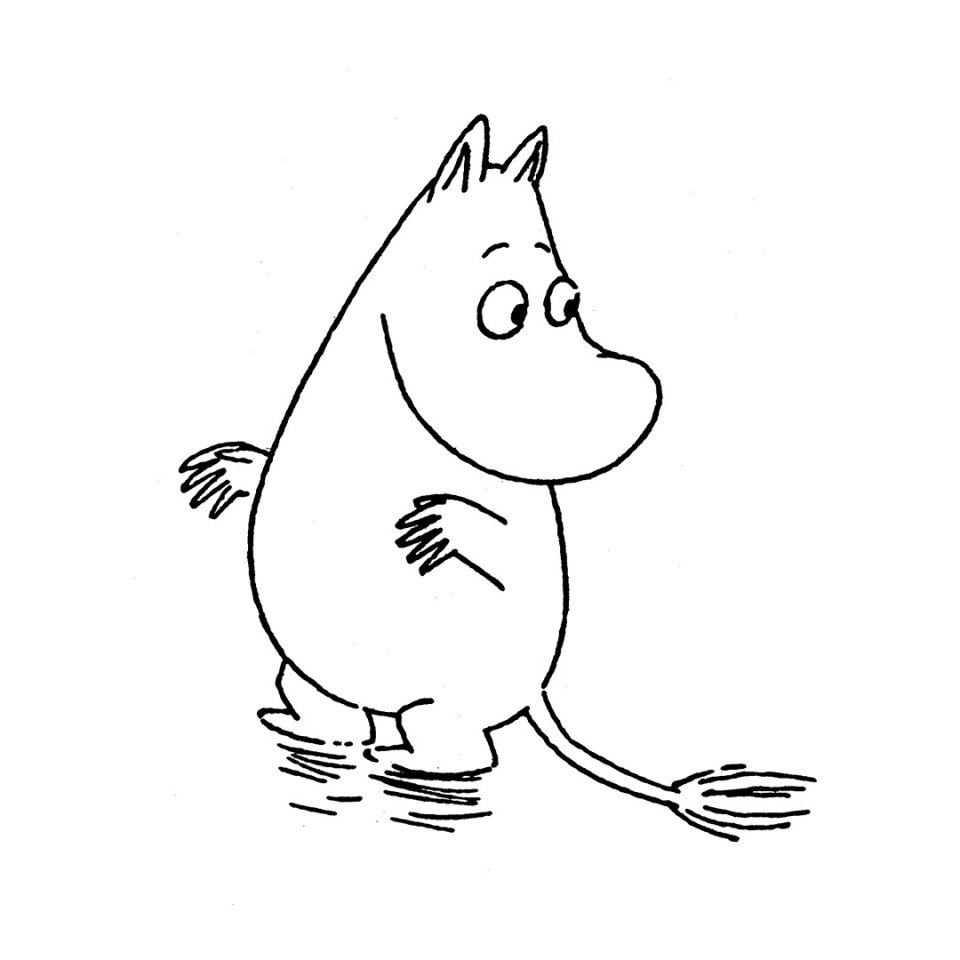
“He feels sorry for everything that is small, frightened and broken” Jansson wrote.
“Moomintroll has an eager boy’s voice that sometimes tips into insecurity.”
“He will probably improve with time”
When it comes to the cautious but enthusiastic Sniff, Jansson is a bit more specific about his age: “I would say he is somewhere in his teens. ”.
Her characterisation of his personality is straightforward “Unfortunately there is nothing particularly attractive about Sniff’s personality, but it will probably improve with time.”

Jansson describes Sniff’s voice as “unprovoked giggles and cow-like mooing intended to express either appreciation or contempt. When frightened, his voice can be shrill.”
Little My’s brutal laugh
Jansson provides background to why the fierce and brutally honest Little My is so small and also clearly indicates her size, saying she “… stopped growing when she was three months old, never becoming too big to get into a sewing basket.”
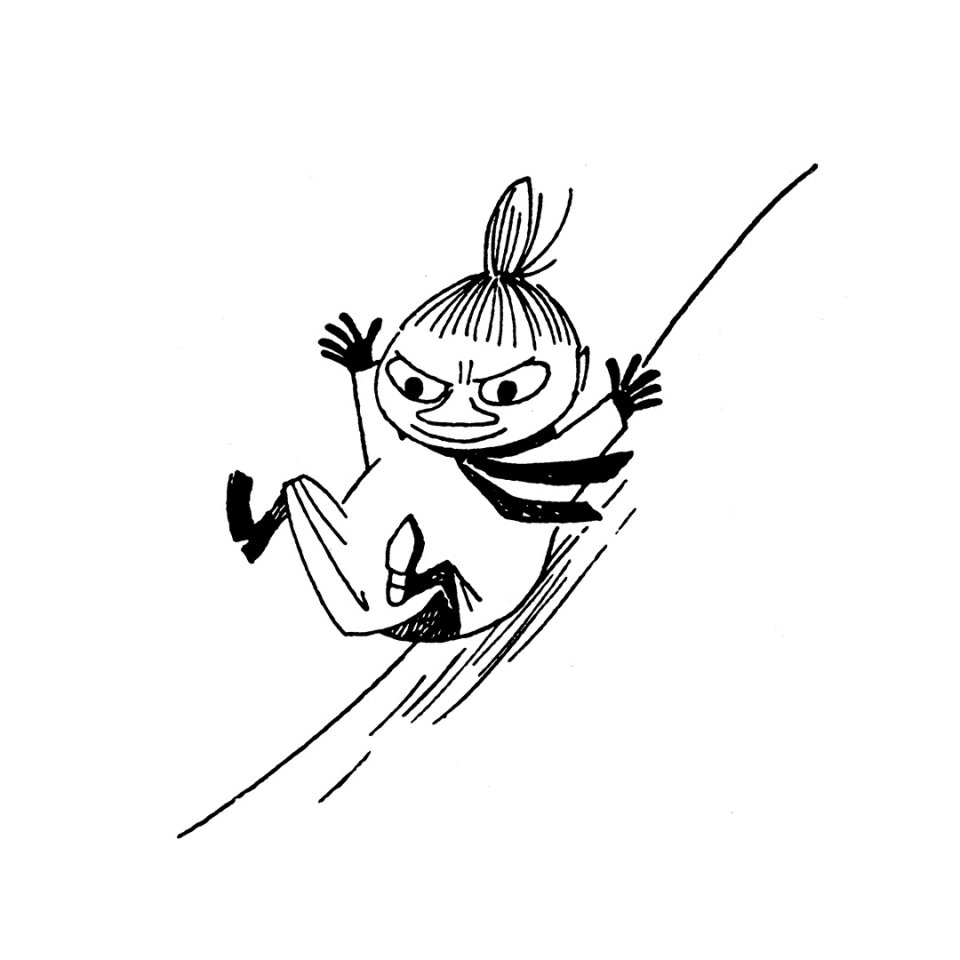
Tove Jansson probably wrote the notes about her characters to help directors who were preparing Moomin plays or tv programs to understand the characters.
To help actors with their characterisation, she describes how she imagines the characters’ voices.
She notes that Little My’s voice can contain both menace and simple innocent amusement, “a little voice with a sudden almost brutal laugh”.
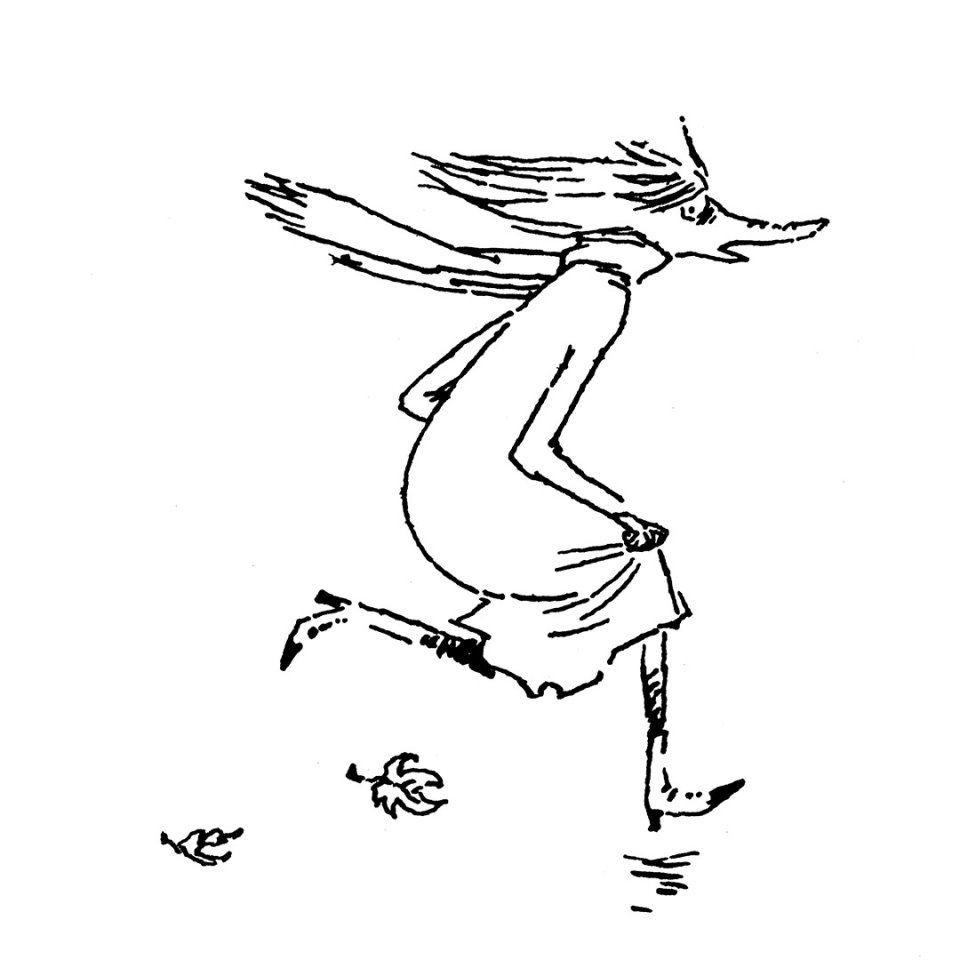
The voice of a Fillyjonk (at least in the case of the more guarded sort) is “Effective, ‘carefully modulated’, quite high, but with a tendency to lose itself in the middle of a sentence or get entangled in fatal slips of the tongue.”
Too-ticky – the little wind that tidies up
In her notes, Tove Jansson also explains how she came up with some of the names of the characters, and what they mean. Jansson writes that Too-ticky, the calm and wise character who teaches Moomintroll about winter in Moominland Midwinter, has a name inspired by the Finnish name Tuuli or Tuulikki. Both names are common female names in Jansson’s native Finland – as was the case with Jansson’s life partner, the graphic artist Tuulikki Pietilä, who inspired Too-ticky.
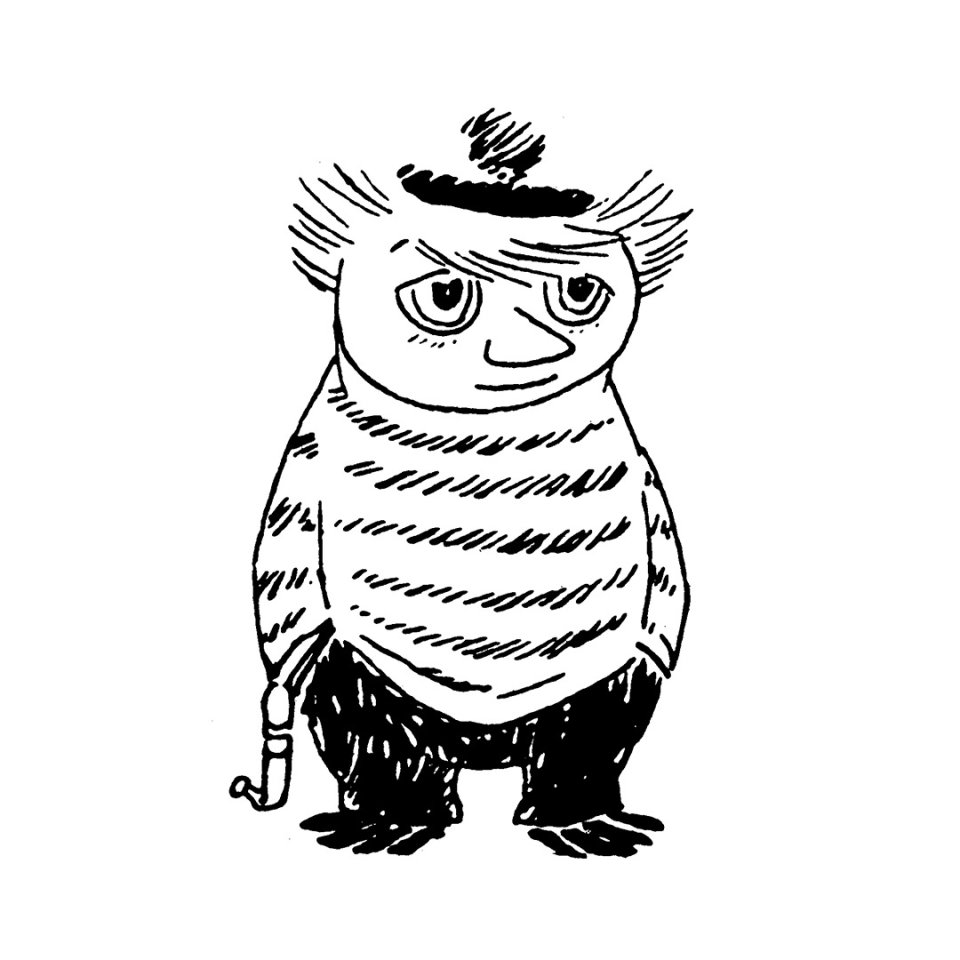
The name Tuulikki also has a concrete meaning which is mirrored in the personality of the character, as Jansson explains in her notes. “From the Finnish name Tuulikki or Tuuli. A little wind. That tidies up, makes changes and ventilates the house. One who makes things clearer and simplifies them.”
Some of the characters don’t get many lines of notes, as is the case with The Joxter. The only note about him reads: “His name implies making a joke about something, ‘joksa’” [the name in the original Swedish is Joxaren].
Hattifatteneres – accused of living a wicked life
In the notes, we learn that Hattifatteners don’t need to sleep or eat, and that their eyes take on the colour of their surroundings. The name Hattifatteners comes from the Swedish word “fnatta”, which means to muddle about without any plan.
Jansson describes the Hattifatteners as “a group of wandering creatures whose only aim is to reach the horizon. They are accused of living a wicked life – unfairly, as they can’t take an interest in anyone or anything.”

Full notes in the Moomin 80 anniversary edition
This was only a sneak peak into Tove Jansson’s notes about the Moomins. You can find the full notes, published for the first time in their entirety, directly quoted from Jansson’s notebook, in the recently published 80th anniversary edition of The Moomins and the Great Flood.
In addition to the character introductions, the anniversary edition includes a brand new foreword by author and Moomin enthusiast Frank Cottrell-Boyce and a delightful colourful poster from which you can cut out and build your own Moomin house. The illustrations for the poster were designed by Tove Jansson in the 1950s.
In the UK, the publisher Sort of Books and Moomin Characters have teamed up with book retailer Waterstones for an exclusive campaign. Priced at £9.99, a generous £7.50 from every book sold of the special Waterstones edition will be donated to the British Red Cross.
80 years of Moomin stories
2025 marks the 80th anniversary of the Moomin stories. The central theme of the anniversary year is the Moominhouse and what it stands for – a sense of belonging, a place where the door is always open.
Tove Jansson wrote the first Moomin story, The Moomins and the Great Flood, during World War II to comfort herself in dark times, creating a world built on inclusivity and adventure. It is a tale about troubled times and a scattered family. It is also a story about hope, a story about the importance of belonging and having a safe place to call home.

The shadow of war in the first Moomin story – watch the mini documentary
How much has the war influenced Tove Jansson’s first Moomin story? And what can it teach us on how family can also be chosen?

The Moomins and the Great Flood: The forgotten first story about the Moomins
“The Moomins and the Great Flood” is the first published Moomin story, often seen as a prelude to the eight Moomin novels by Tove Jansson.
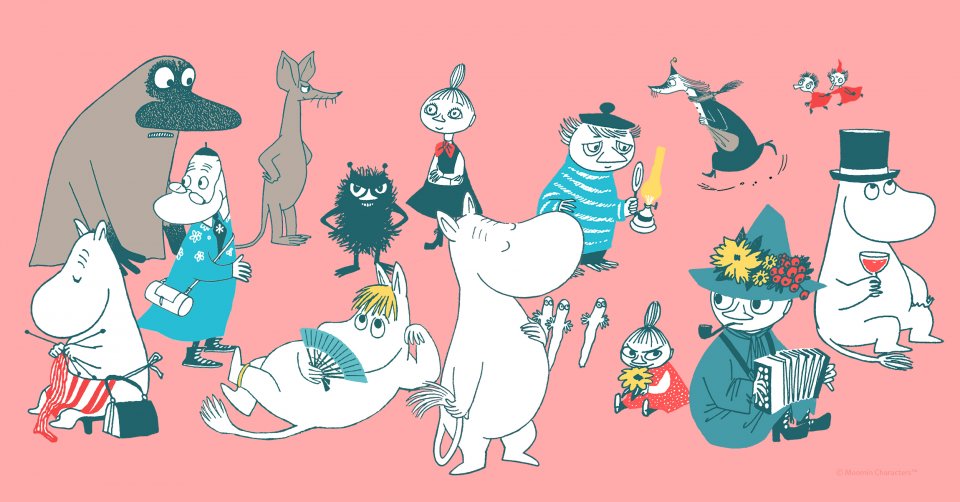
The ultimate guide to the Moomin characters
Get to know all the Moomin characters! Moomintroll, Snufkin, Little My, The Groke, Moominpappa… Did you know all this about them?
